The concept of human flight is a relatively new art, while a safe descent from the air has followed closely behind. One of the earliest conceptions of a version of paragliding came in a detailed sketch by Leonardo Da Vinci. Pioneering theorists experimented with descents from clifftops and high buildings, although with limited success.
In the late-Victorian and Edwardian periods, several circus acts in Britain, Europe and the United States experimented with 'exotic' parachute descents, occasionally by women, from hot-air balloons.
It was not until the early 20th Century however that the Wright Brothers finally pioneered a powered flying machine in 1903. In a few short years powered flight developed rapidly. When the First World War reached stalemate in 1915-6, aircraft were initially used for field reconnaissance, then later as bombers and fighter aircraft over the trenches of the Western Front. As pilots were shot down, so thoughts turned to finding a way for airmen to descend safely to earth. Balloon observers were the first to test a form of military parachute in the latter stages of the war, although it was only viewed as a means of escape, rather than an offensive strategy.
After the war, as the nations of the world sought to recover from the conflict, development slowed. Initial ideas ranged from the daring to the fanciful. An idea for animal parachuting for example, had animals loosely strapped into a cage or basket, attached to a parachute. The sketch attached is remarkably similar to one of Leonardo Da Vinci's drawings.
By the later 1920s, the idea of using troops in an Airborne offensive role began to be investigated. Russian military strategists were the first to begin to experiment with the idea of using aircraft to quickly insert infantry on to the ground. After several years (and a variety of imaginative means of getting men safely to the ground) the Russian Army was the first to demonstrate the potential of flying their new 'Paratroopers' to parachute into battle, securing key military positions ahead of ground armour and infantry attacks.
In demonstrations to the military observers from across the world the technique was skilfully demonstrated on a mass exercise to the watching audience. German representatives from the recently-elected Nazi German military were hugely impressed. However, Stalin included his Russian military parachuting pioneers in the 'Great Purges' of his senior staff after 1936, leaving the German army to explore and perfect the techniques required for precision military parachuting. The German Army also pioneered a gliderborne military capability to insert further men, and heavier equipment into battle as they prepared for war.
After the outbreak of the Second World War, the use of parachute troops ahead of the devastating German Blitzkrieg across Northern Europe in the early-Summer of 1940 proved an important component of ‘Blitzkrieg’ operations. However, the later German assault on Crete in 1941 proved costly to the Germans who restricted the use of the Paratroopers thereafter whilst the British, under the Prime Minister Winston Churchill, were encouraged to develop their own Airborne Forces.

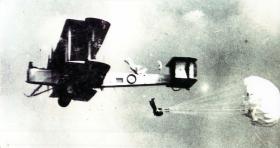
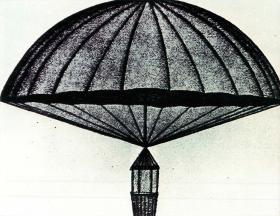
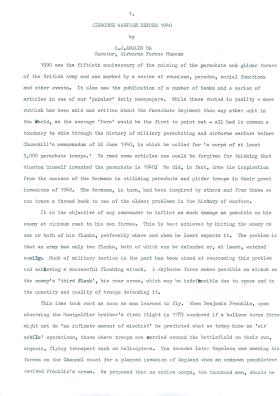
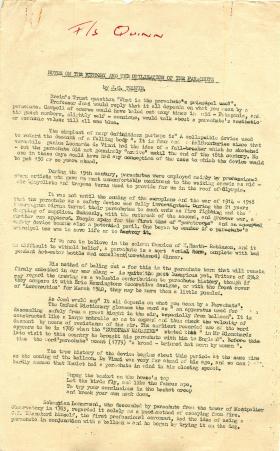
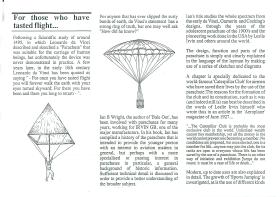
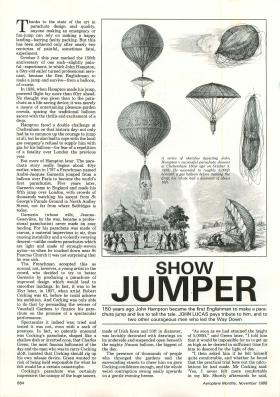
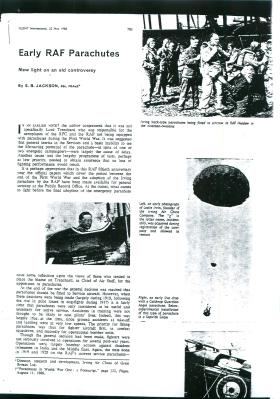
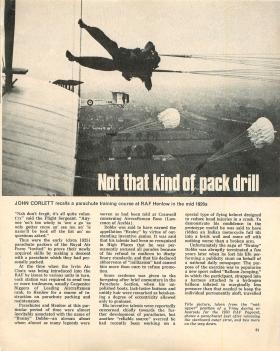
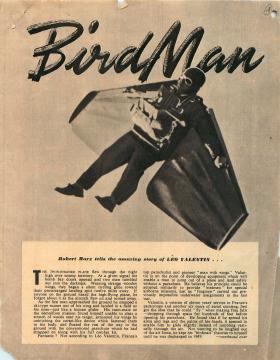




Latest Comments
There are currently no comments for this content.
Add Comment
In order to add comments you must be registered with ParaData.
If you are currently a ParaData member please login.
If you are not currently a ParaData member but wish to get involved please register.